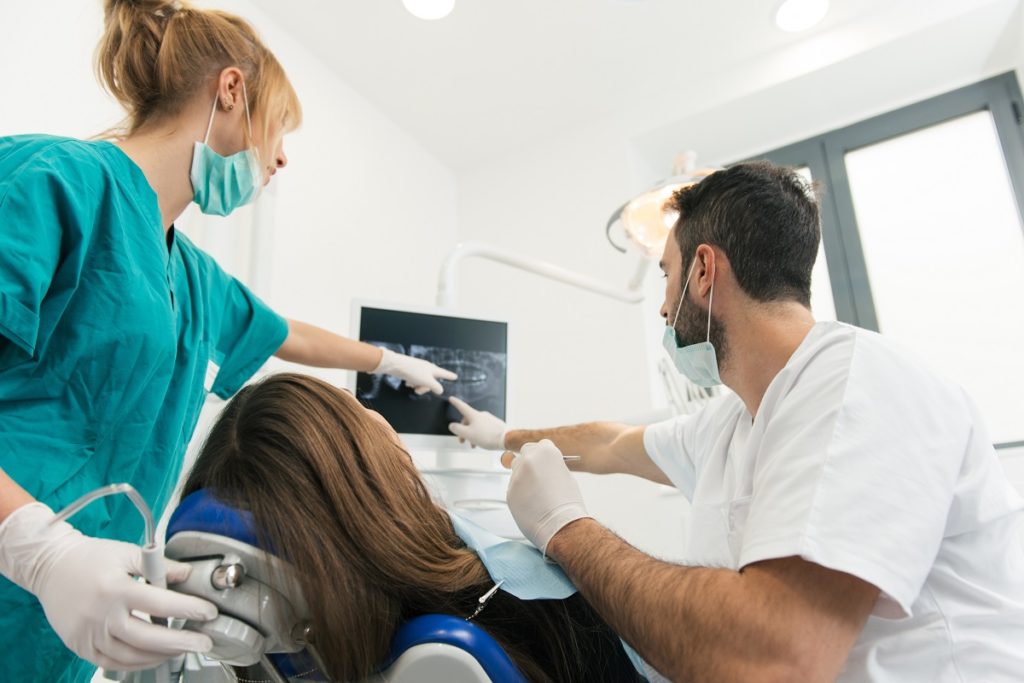From a physical standpoint, being a dentist is a demanding job. Many practitioners work with fast-paced schedules that often extend beyond an eight-hour workday. A practice is full of activities and tasks that create physical and mental stressors that affect workers.
According to a study in the British Dental Journal, the most common cause of ill health retirement among dentists is musculoskeletal disorders (MSDs). When dentists work without any breaks, they could end up with sore necks and hands, or stiff shoulders. This in turn affects their ability to provide quality healthcare services.
Understanding the risks factors leading to MSD, as well as knowing what measures to take, ensures the physical well-being of the dentists.
Understanding MSDs
Musculoskeletal disorders refer to injuries and disorders that affect the ligaments, muscles and tendons. These disorders cause pain and functional impairment in the neck, upper back, lower back, shoulders, elbows, wrists and hands. Examples of common MSDs are carpal tunnel syndrome, tendonitis and tension neck syndrome.
Several factors contribute to the occurrence of MSDs among dentists. Tasks requiring repeated or sustained bending results in awkward postures. Prolonged experience of tasks with forceful exertions (like tooth extractions) causes fatigue and musculoskeletal pain. When a dentist performs a task for a prolonged period with inadequate time for rest and recovery, the risk of developing MSD heightens.
Preventing Ergonomic Injuries
Experts agree that the key to preventing work-related MSDs is ergonomics, defined as the science of fitting the work environment to the worker. Early intervention prevents the onset of MSDs, leading to better results at less cost and inconvenience. Consider implementing the following ergonomic interventions in your dental practice:
Tools
Bear in mind that every person is different. A device that works well for one dentist may not be the perfect solution for another. Give practitioners the option to bring their own dental instruments. Ask suppliers about which devices provide desired levels of comfort and efficiency. Choose automatic instruments over manual ones, and make sure they are as light and well-balanced as possible.
Workstation

The treatment room must be retrofitted not only for the comfort of the patient, but also for the dentist. Provide sufficient space to prevent awkward bending and twisting, and permanently situate equipment used in clinical procedures within comfortable reach. Opt for adjustable furniture for dentists to customise their seating. Install colour-corrected overhead lights to improve the sharpness of vision and reduce eye strain.
Scheduling
Alternate easy and difficult procedures throughout the day, and give dentists buffer periods for sufficient recovery time. For difficult patients and procedures, vary the sequence of the tasks performed, whenever possible.
It’s the goal of many people to create a healthy, stable career, and dentists should be no exception. The equipment and instruments used, as well as the layout of the treatment room, play a huge role in a practitioner’s physical well-being. Preventing the onset of MSDs and being proactive in creating an ergonomic environment not only contributes to the comfort of the dentist but also their efficiency.